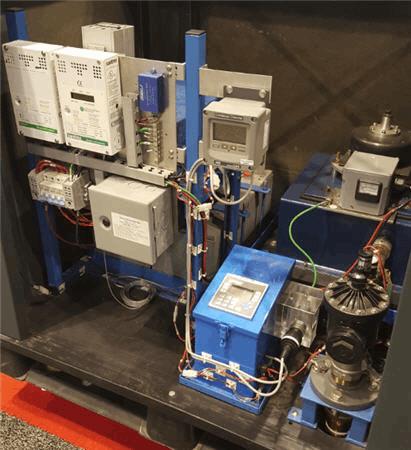Flint Failings And Our Crumbling Water Infrastructure
Part 1 of a four-part series, “From Fish To Flint: Four Fixes For EPA’s Water Programs” (Learn more about the series.)
By Mark Gibson
Like the weather, everybody complains about the nation’s withering water pipes and their trillion-dollar price tag, but nobody does anything about it. Consider a simple, inexpensive step to embarrass recalcitrant communities to open their check books, so we don’t have to pay for their neglect.
While lead contamination in Flint, MI, illuminated the sorry state of our water pipes, mismanagement shenanigans shaded the fact that the controversy was spawned by the community’s attempt to fix its infrastructure in the first place. Environmentalists have jumped to hype the risks of heavy metals in drinking water and how distribution systems are practically unregulated, arguing for more funding and regulation. (The cost to fix the U.S. water infrastructure is somewhere between $1 and $2 trillion.)
It's a poorly kept secret that water utilities have few meaningful compliance requirements when it comes to water quality in the distribution system. Imagine what the results would be if industry was allowed to decide where and when they sampled for pollution — and if they didn't like their results, the regulations allowed them to manipulate sampling protocols in such a way as to achieve passing results. Rules applicable to the drinking water distribution system such as the Total Coliform Rule (TCR) and the Lead and Copper Rule (LCR) allow these sorts of actions. There are some valid reasons for this, such as problems with analytical methods and the fact that the water utility is usually not the entity in charge or responsible for the entire distribution system. Their responsibility often ends at the property line and they do not have control over how a homeowner or business maintains their pipes.

Water quality monitoring equipment
While the Safe Drinking Water Act imposes elaborate regulations on water leaving a water plant, another poorly kept secret is that the quality of water in the distribution network — the pipes downstream from a water plant — can sometimes be despicable. This is occasionally due to poor water management, but more often it’s the result of decaying pipes and slighted investment caused by economic malaise, local government neglect, or both.
So why should tax dollars from citizens in a well-managed town be sent to subsidize poor decisions in, for example, Flint? It’s a hard case to make outside of Flint.
But Flint proves that with water monitoring and public awareness, political winds push money towards rebuilding. Thus the need for EPA regions to redirect budget toward mobile, real-time water quality monitoring platforms assaying an array of parameters (well beyond EPA’s usual list). For less than $100,000, each regional office can deploy a roving test trailer to anyone doubting their water. The monitoring platforms can feature unregulated parameters assessing taste and odor — as one example — so that third-party suits are avoided. Running measurements through proprietary third-party algorithms can also fend off spurious litigation. As the roving platforms spotlight problems, local governments are embarrassed into paying for upgrades, sans regulation or income transfers.
About the Author:
Mark Gibson is the principal at Kyklos Engineering, LLC, a public affairs and business development consulting firm. He has three decades of experience in energy and environmental policy, and degrees in engineering and economics.
About “From Fish To Flint: Four Fixes For EPA’s Water Programs”:
While the new Administration sets about reform, we ought to consider how its new way of doing business can mend the serious flaws in the way the U.S. EPA adjudicates water. Cutting budgets and staff may feel good, but there’s much more to do. Whether you’re red- or blue-leaning, consider these basic, albeit contentious propositions to fix our most perplexing water challenges.
Next up in the series: Practical Cures For Abandoned Mines Pollution
